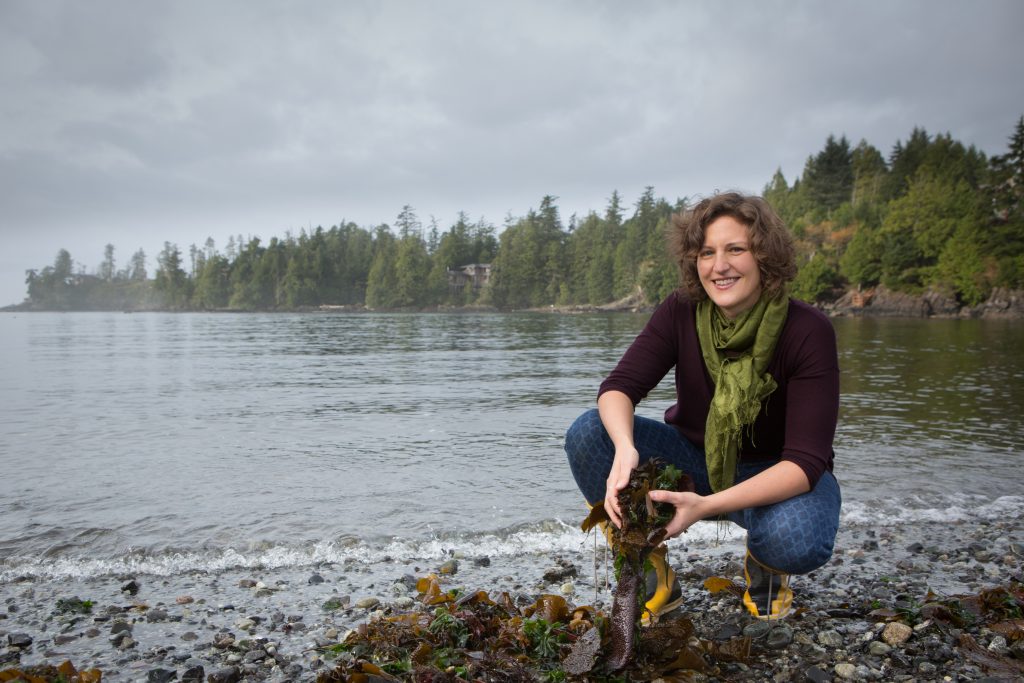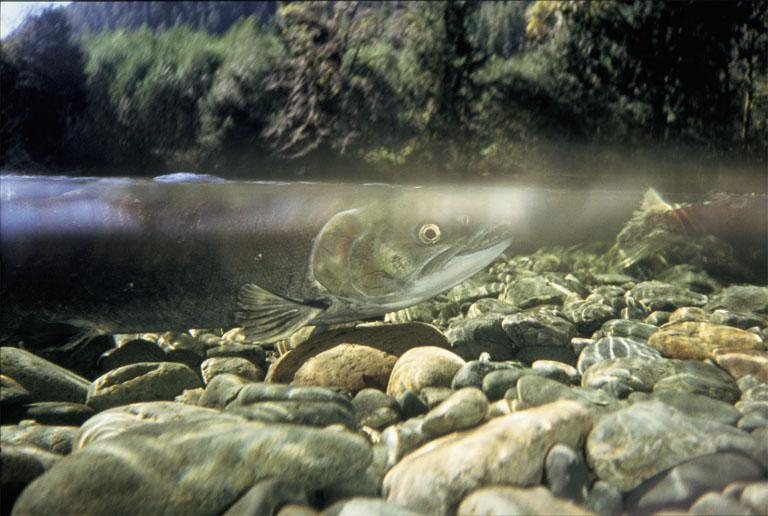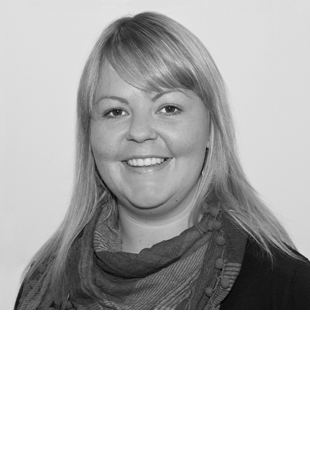Rooted in resistance and embracing hybridity: Clayoquot Biosphere Reserve’s virtuous circles of community action and environmental stewardship
31 Oct 2017
If you have ever heard of Canada’s Clayoquot Sound, it is most likely to have been in reference to the War in the Woods. During the late 80s and 90s, our region – which is located on the west coast of Vancouver Island – received national and international attention for resistance to the forest practices of the current day. The resistance began in our communities – Indigenous and non-Indigenous – and grew to attract supporters from across Canada and beyond. While the Clayoquot Blockades led to changes in the forest practice code in our region, this call from community voices to do things differently was also the beginning of our community foundation.
The eight communities in our region were interested in finding a different way of working together and formed the Clayoquot Biosphere Trust – a charity which brings together our Indigenous communities, non-Indigenous communities, provincial and federal governments under the UNESCO Biosphere Reserve programme. As a biosphere, we have a vision of people working together to thrive in healthy places. Since 2000, we have used the endowment fund model to focus on the positive, the innovative, and the resilient in order to support communities to build our own solutions.

Rebecca Hurwitz, Executive Director of the Clayoquot Biosphere Trust
With these roots, you can imagine that working at a regional scale didn’t come easily at first. There was much discussion and debate about what community and ecosystem health looks like in our region. For the board, it was important to “walk our talk” both locally and internationally. One of the most important early questions they asked was: “How can we align our values with our investing?”
Our value and investment alignment is still front of mind seventeen years later as we see the effects of climate change in our ecosystems. Local monitoring confirms that 2016 was the hottest year on record. We are experiencing more frequent major storm events, which are resulting in greater erosion in salmon spawning habitat. These conditions, together with other stressors, are driving down the number of pacific salmon returning to rivers. Indigenous knowledge holders are also identifying changes at an alarming rate. These are important changes for communities that are a part of the salmon ecosystem. With our biennial community health snapshot, Vital Signs, reporting the data and trends, we feel it is our responsibility as a community foundation to help find solutions both locally and globally.

The Clayoquot Biosphere Trust hosts a Wild Salmon Fund
We’ve been fortunate to collaborate with an investment management firmwho has developed fossil fuel free investment solutions. We began divesting in 2012 and continue to add screens to ensure our global impact is aligned with our environmental and social values. Within our community foundation endowment, we host the Wild Salmon Fund, which generates income to support salmon enhancement, stock rebuilding and recovery initiatives in the Clayoquot Sound watershed. This aligns our investment income with locally-developed solutions and action.
We are doing our part to be good local and global citizens. Our goal is to create a virtuous circle that incorporates values and investing, along with local knowledge and community solutions. In the Nuu-chah-nulth language this is hishuk ish ts’awalk – the philosophy of interconnection of all things and a core value of the Clayoquot Biosphere Trust.
By: Rebecca Hurwitz, Executive Director of the Clayoquot Biosphere Trust, which is a member of Community Foundations of Canada
Read the Clayoquot Biosphere Trust’s story and why community philanthropy and environmental stewardship are natural partners, prepared as part of the GFCF’s ongoing look into community self-management of assets.

